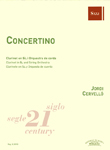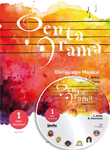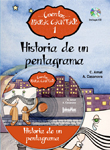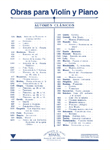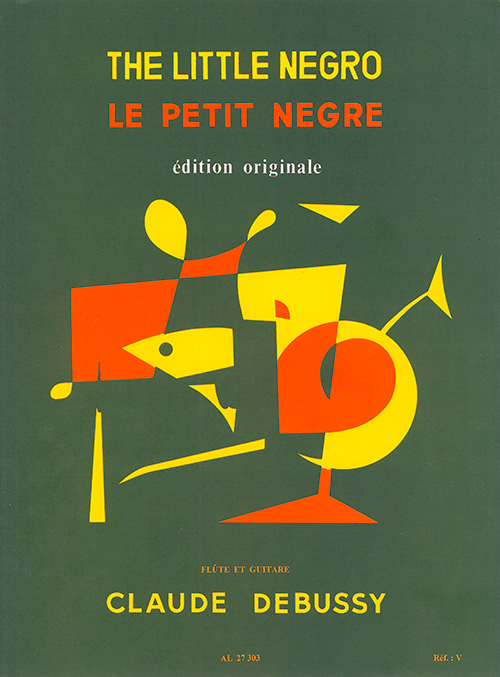WORKS
- Genre
-
Musical education
- Choir
- Counterpoint
- Dictation
- Direction
- Exam study manuals
- General music pedagogy
- Harmony
- Hearing
- Illustrations / Posters
- Improvisation / Sight reading
- Instrument methods
- Instrument pedagogy
- Instrumental study repertoire
- Instrumentation and orquestration
- Musical language
- Solfège
- Templates
- Theory and analysis
-
Incidental music
-
Lined paper
-
Flamenco
-
Religious music
-
Classical / contemporary
-
Modern music
-
Folk music / traditional
-
Musicology
-
Divulgation
-
Games and hobbies
-
Music therapy
-
Children / Youth
-
- Instruments
- Ensemble
- Difficulty level
- Period
- Genre
SOPORTE
Search
Find here: books, scores, composers, digital pieces, cd's
Best-selling works
Our classics
Newsletter
I wish to be informed of the news about your music
We have received your e-mail correctly
Multimedia
Petit Negre, Flute et Guitare
Flauta y Guitarra
DEBUSSY, ClaudeDEBUSSY, ClaudeDEBUSSY, ClaudeReg.: AL27303
13,00 €
P.V.P. (VAT included 4%)
Add to cart
- Ensemble: Duos: .
- Genres: Classical / contemporary: Chamber.
- Language: Francés
- Product format: Libro
- Difficulty level: Elementary-intemediate
- Period: 1st half S. XX
- Publishing house: Alphonse Leduc
- No. of pages: 10
- Measure: 31,00 x 23,00 cm
- ISMN: M-046-27303-2
- Available in digital: No
- Available for rent: No
Debussy composed The Little Nigar (giving the noun this spelling) in 1909 on a commission from Théodore Lack, for his piano method Méthode de Piano. The subtitle describes it as a cakewalk. It is reminiscent of Golliwogg's Cakewalk from his Children's Corner, a piano suite that he had composed a year earlier. In both pieces, rhythmic outer sections frame a melodic middle section. In Golliwogg's Cakewalk, the middle section satirically quotes the beginning of Tristan und Isolde by Richard Wagner, a composer who had influenced Debussy when he was young but from whose late romantic style Debussy later distanced himself.
Debussy regularly sought exotic influences. In The Little Nigar, he alluded to banjo chords and drums,[6] influenced by American minstrel shows. The piece, marked allegro, begins with a first theme presenting "jazzy" syncopes in 2/4 time, in the then popular ragtime style. It is followed by a lyrical passage, marked espressivo and pianissimo (very softly), which leads to a return of the first section. The first theme leans towards pentatonic and is accompanied by a chromatic sequence of broken minor thirds.
The Little Nigar was first published in 1909 by Éditions Alphonse Leduc in Paris as part of Lack's piano method and again as a single piece in about 1934, now with an added repetition and entitled The Little Negro, with subtitle Le petit nègre.
Debussy also used the piece's main theme in his 1913 ballet for children, La boîte à joujoux, in which it characterises an English soldier.
Numerous transcriptions in various instrumentations have been made of the piece. An arrangement for woodwinds has even been used for advertising Purina One dog food.


